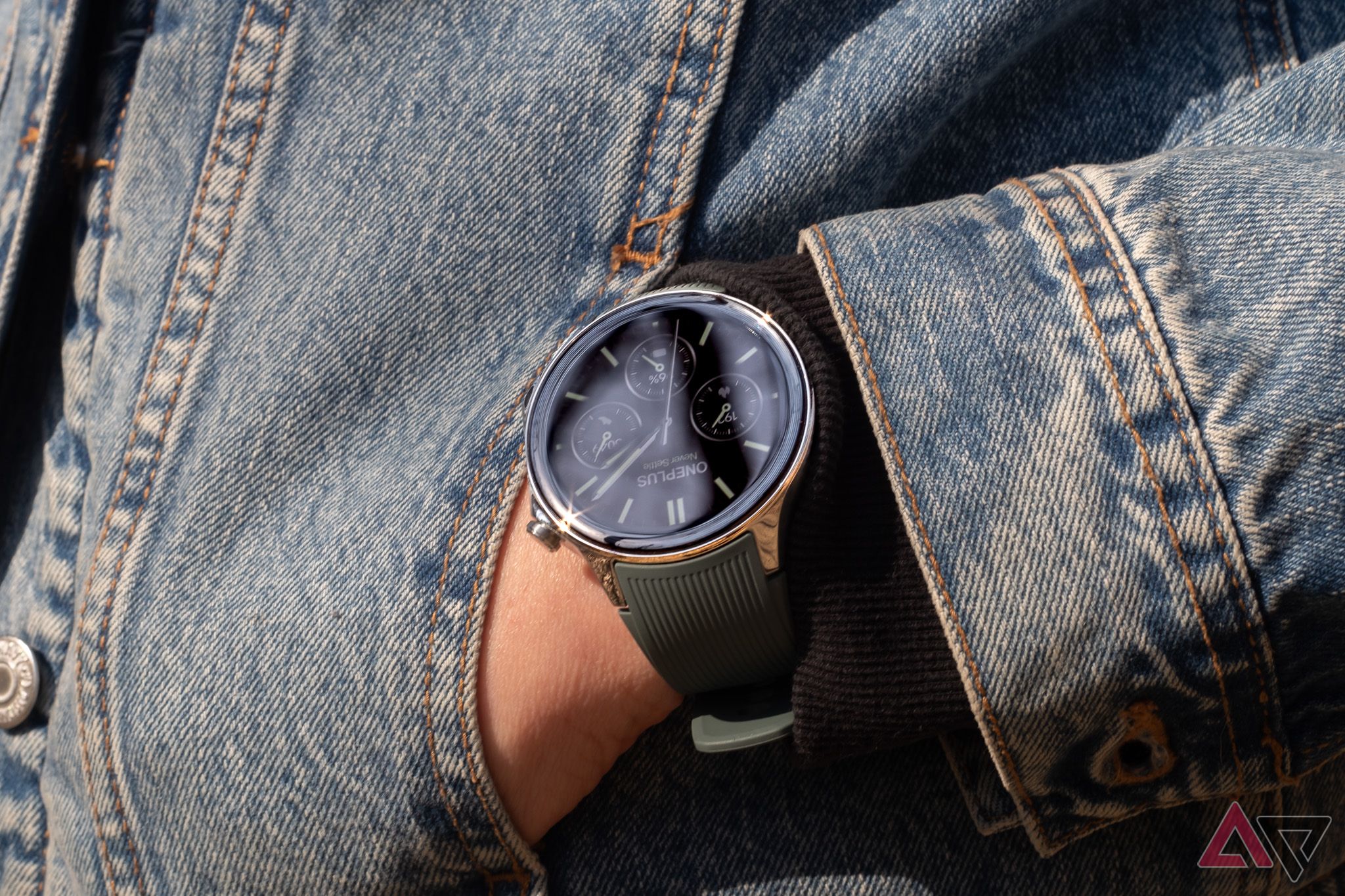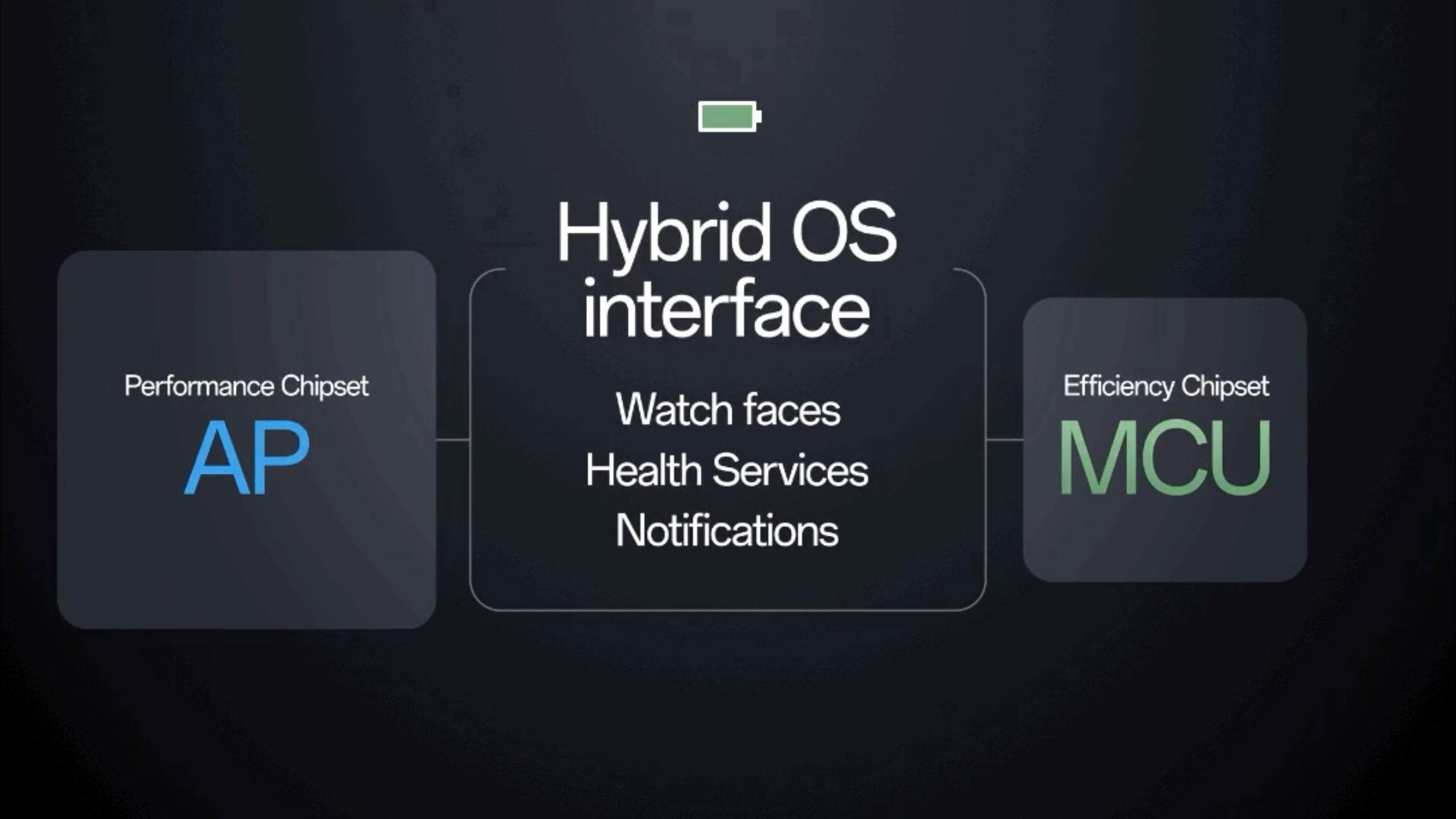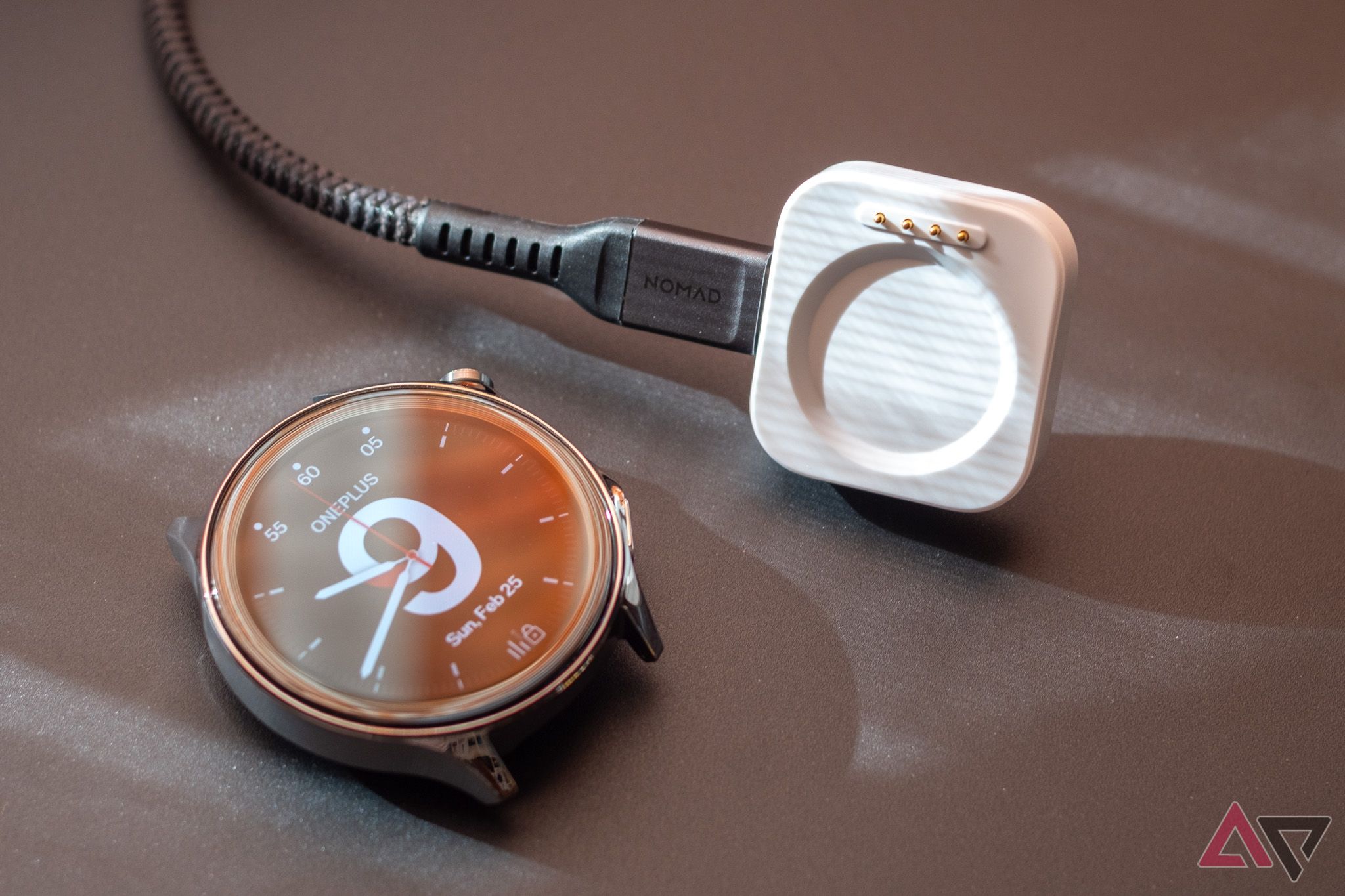Table of Contents
Yearly at MWC, Google proclaims a bunch of recent options throughout the Android ecosystem. This yr was no totally different, after all, with apps like Fitbit, Google Docs, Google Maps, and Google Messages seeing new updates. There have been additionally some enhancements to the Maps and Pockets apps on Put on OS, however maybe essentially the most consequential Put on OS-related announcement didn’t come till a couple of hours after Google made its Android information public. Google debuted a brand new “hybrid OS interface” for Put on OS that dramatically improves battery life, and it’s already delivery on the brand new OnePlus Watch 2.
Google is beginning spring with a giant Android characteristic roundup
Prepare for Gemini in Messages, Spotify Join integration, Put on OS updates, and extra
What’s the hybrid OS interface?
As Google explains, many Put on OS smartwatches even have two chipsets residing in them. There’s at all times a robust purposes processor (AP) that runs Put on OS, such because the Qualcomm Snapdragon W5 Gen 1 discovered within the Pixel Watch 2 and the OnePlus Watch 2. That AP is usually paired with an extremely low-power co-processor microcontroller unit (MCU) that runs a customized real-time working system (RTOS), such because the Bestechnic BES2700 discovered within the OnePlus Watch 2.
The thought behind this dual-chipset structure is that much less advanced workloads might be offloaded to the decrease energy MCU in order that the upper energy AP can sleep for so long as attainable, maximizing the watch’s battery life. This method seems like an “apparent” manner to enhance battery life, however the problem lies in find out how to truly delegate workloads between two totally totally different chipsets working two totally totally different working programs. That’s the place Put on OS’s new hybrid OS interface is available in.
The APIs supplied by the hybrid OS interface. Supply: Google.
Put on’s hybrid OS interface consists of APIs that allow the working system to seamlessly ship and obtain sure kinds of knowledge to no matter RTOS is accessible on the secondary chipset. These APIs fall underneath three broad classes: Show, Well being Providers, and Notifications. The Show APIs enable for handing off some show rendering obligations to the MCU, which is probably going how watch faces constructed on the Watch Face Format are in a position to be rendered on the MCU. The Well being Providers APIs allow offloading options like exact exercise monitoring, automated sports activities recognition, and well being knowledge monitoring to the MCU. Lastly, the Notifications APIs allow offloading the processing of bridged notifications (i.e., notifications synced out of your telephone) to the MCU.
The OnePlus Watch 2 takes full benefit of Put on OS’s hybrid OS interface to ship as much as 100 hours of battery life in its default “Sensible Mode.” Certainly, in Android Police’s evaluate of the OnePlus Watch 2, we famous that the battery life on the watch is phenomenal, an announcement I can personally attest to after having used the look ahead to the previous week. On the OnePlus Watch 2, the MCU is lively everytime you learn, dismiss, or work together with most notifications. It’s additionally lively once you’re utilizing most watch faces or scrolling by means of most tiles. The watch seamlessly switches to the AP everytime you launch an app or attempt to entry sure performance. Because of the hybrid OS interface, you don’t have to hobble the watch’s primary performance simply to have nice battery life.
Left: Notifications are rendered on the MCU once you’re simply studying them.
Proper: The smartwatch seamlessly switches to the AP once you faucet the notification to open a Put on app like Calendar.
Will the hybrid OS interface come to different Put on OS smartwatches?
Google’s hybrid OS interface is a recreation changer for Put on OS, which raises the apparent query of when (or if) these enhancements will come to different Android smartwatches like Google’s personal Pixel Watch 2. In any case, the OnePlus Watch 2 isn’t the one Put on OS smartwatch to have an MCU. The Pixel Watch 2 contains a dual-core ARM Cortex-M33 MCU from NXP Semiconductors, in line with a teardown from TechInsights. In the course of the newest episode of the Android Trustworthy podcast (disclaimer: I’m one of many co-hosts), Björn Kilburn, VP of Put on OS and Android Well being at Google, answered a query about whether or not there are any {hardware} dependencies which may forestall these enhancements from reaching different watches.
In response, Björn answered that it “relies upon” lots on every particular person OEM’s underlying watch structure and their “energy technique.” He goes on to say that how a lot of the hybrid OS interface finally ends up being adopted by a specific OEM is dependent upon their underlying watch structure however that he “wouldn’t be shocked” if we don’t see extra OEMs undertake no less than the notification hybrid interface.

OnePlus Watch 2 evaluate: Value it for the battery alone
With two chipsets and two working programs, the OnePlus Watch 2 presents revelatory battery life — however not rather more
You is perhaps disillusioned that Björn didn’t explicitly affirm whether or not or not the Pixel Watch 2 or different Put on OS smartwatches will obtain all the advantages of the brand new hybrid OS interface, however needless to say he’s in command of the Put on OS platform as an entire and that every OEM in query will need to do their very own bulletins. Primarily based on my understanding of the hybrid OS interface, there’s little question that OEMs must do some work to allow assist for it on their very own gadgets, and that features the crew behind the Pixel Watch 2. Though Put on OS now presents these new APIs, no matter customized RTOS is working on the MCU must be able to using them. OnePlus/Oppo or Bestechnic clearly did the work to allow assist on the BES2700 discovered within the OnePlus Watch 2, so presumably Google or NXP would wish to do the identical for the Cortex-M33 MCU within the Pixel Watch 2.
Even when your OEM doesn’t replace their smartwatch to take full benefit of Put on OS’s hybrid OS interface, Björn informed us that there are different energy enhancements in Put on OS 4 that the corporate didn’t discuss throughout this launch. Plus, he famous that OEMs will give you different methods to realize higher battery life that will or might not make use of the hybrid OS interface. In any case, it seems like Oppo was closely concerned in contributing to the event of the notifications sub portion of the hybrid OS interface. Björn says that the Put on OS crew welcomes revolutionary options from its companions within the ecosystem, particularly in the event that they result in extra “trustable battery life” for customers.
Should you’re taken with listening to extra concerning the Put on OS hybrid OS interface, I extremely suggest listening to our full interview with Björn Kilburn, which I’ve embedded under. Our query to him concerning the hybrid OS interface coming to current watches begins at 21:00 within the VOD. Should you’re a watch face developer, I additionally suggest listening to Björn’s response at 17:55 to my query concerning the Watch Face Format, as he explains a number of the limitations concerned in getting legacy watch faces to run on the MCU.


